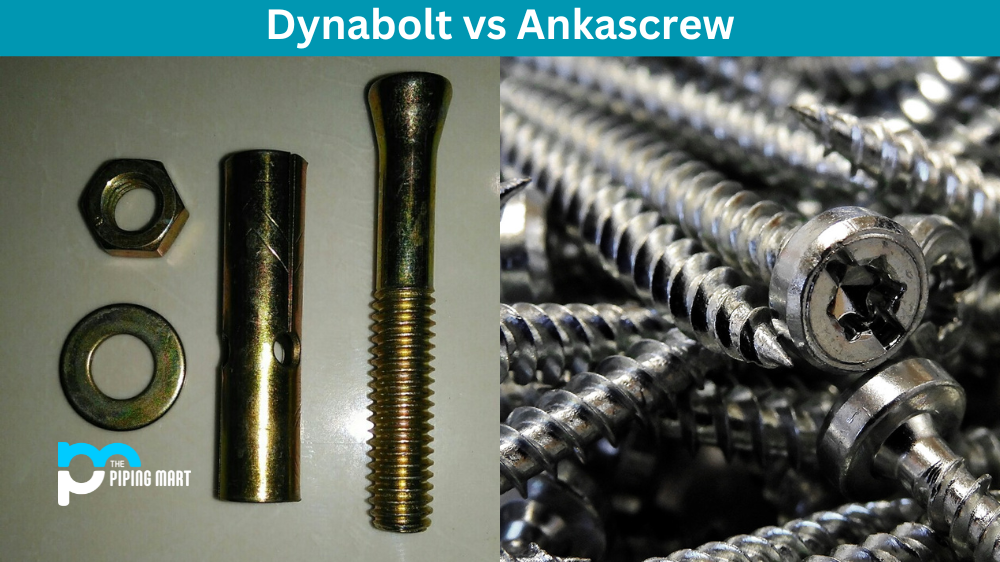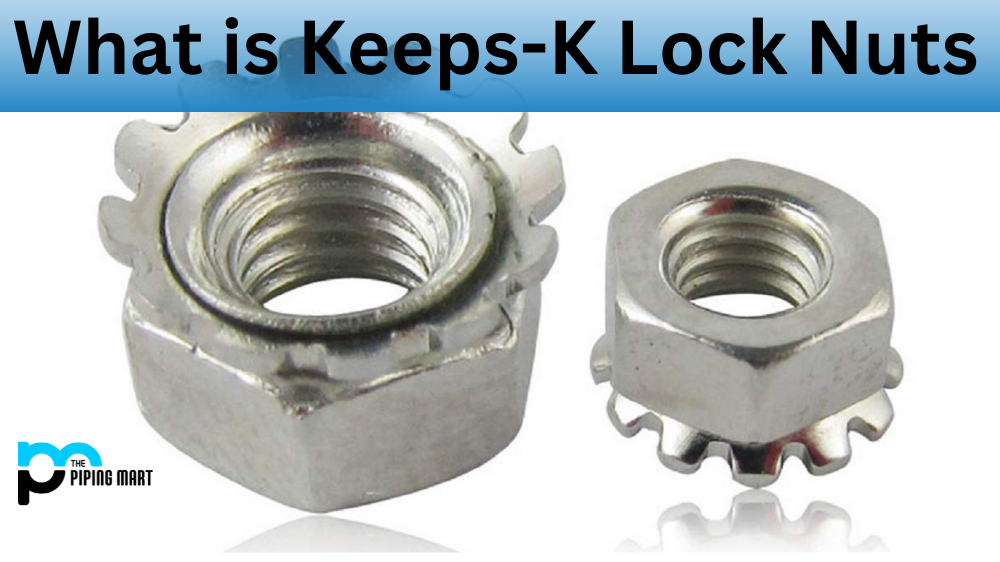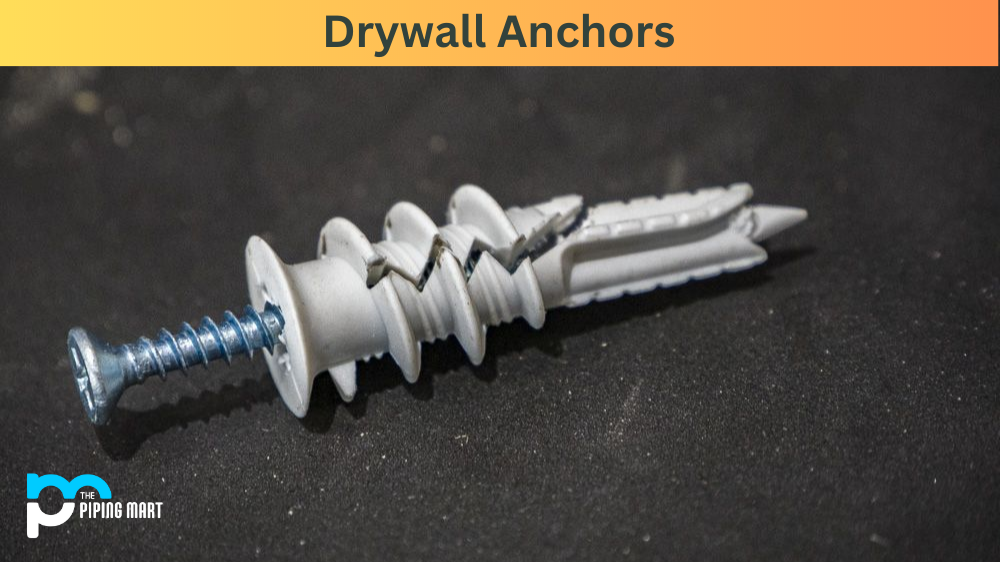Dynabolts and Ankascrews are two popular fastening methods used in construction and DIY projects. Both are well-known for their strength and durability, but each has distinct advantages and disadvantages. This blog post looks at Dynabolts and Ankascrews and compares their performance, ease of use, and suitability for different applications. By the end of this article, you’ll better understand which fastener is best for your project.
What is Dyna Bolts?
Dynabolts, or expansion bolts, are threaded anchors installed in a pre-drilled hole and secured by tightening a nut. These bolts are made from high-tensile materials such as steel and have high load-bearing capacity. Dynabolts work well in concrete, brick, and stone and are commonly used to install shelves, brackets, and light fixtures. One of the main advantages of Dynabolts is their ease of use. They can be installed quickly and easily with a cordless drill and socket wrench, making them a popular choice for DIY enthusiasts.
What is Ankascrews?
Ankascrews are self-tapping screws that are designed to screw directly into materials without the need for pre-drilling. These screws have a high pull-out capacity and work well in wood, gypsum, and concrete blocks. Ankascrews also have a high thread count, which provides a secure grip and reduces the risk of the screw coming loose over time. One of the main advantages of Ankascrews is their versatility. They can be used in various applications and are suitable for indoor and outdoor use.
Differences Dynabolt and Ankascrew
Application
While both Dynabolts and Ankascrews are strong and durable, there are some critical differences between the two that make them more suited to different applications. Dynabolts are best suited for heavy-duty applications such as installing shelving or brackets into concrete walls. They have a high load-bearing capacity and can hold heavy weights over an extended period. On the other hand, Ankascrews are better suited for lighter-duty applications such as installing curtain rods, picture frames, and other fixtures into wooden studs or drywall. They may not be as strong as Dynabolts, but they are quick and easy to install, making them a good choice for DIY projects.
Installation
Another factor to consider when choosing between Dynabolts and Ankascrews is their installation process. Dynabolts require a pre-drilled hole and a wrench to tighten the nut, which some people may find difficult or time-consuming. Ankascrews, on the other hand, can be installed directly into materials with a power drill or screwdriver, making them fast and easy to use. If you’re looking for a quick and simple installation process, Ankascrews are the way to go.
How do Dyna Bolts and Ankascrews Compare?
Dynabolts and ankascrews are similar in that they are used to fasten two pieces of metal together. They are also both made from durable materials, such as steel. However, Dyna bolts have a head larger than the bolt’s body, while ankascrews have a leader the same size as the body of the screw. Additionally, Dyna bolts are typically longer than ankascrews.
Which is Better, Dyna Bolts or Ankascrews?
There is no definitive answer as to which type of fastener is better, as it depends on the specific application. Dynabolts may be better suited for applications with a stronger hold, while ankascrews may be better suited for applications with a more precise fit. Ultimately, it is up to the user to decide which fastener is best for their needs.
Where can I Buy Dyna bolts or Ankascrews?
Both Dyna bolts and ankascrews are available at hardware stores and online retailers.
Conclusion
In conclusion, Dynabolts and Ankascrews are great options for securing fixtures and fittings in your home or workplace. Dynabolts are more robust and durable, making them a better choice for heavy-duty applications. Ankascrews are versatile and easy to install, making them better for lighter-duty projects requiring a quick installation process. Before choosing which one to use, consider the material you are working with, the weight of the fixture, and the ease of installation. Considering these factors, you’ll select the best fastener for your project.

Pipingmart is a B2B portal that specializes in metal, industrial and piping items. Additionally, we share the latest information and information about materials, products and various types of grades to assist businesses that are involved in this business.




